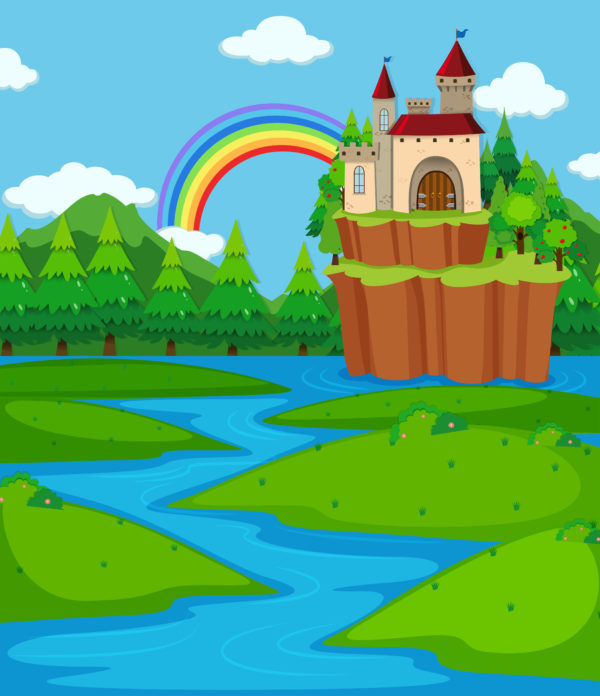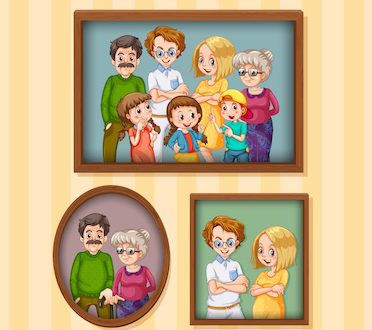
A scary topic: suicide
Netflix just released a series, “Thirteen Reasons Why” based on a book of the same name by Jay Asher. The book was published in 2007 but is still extremely relevant ten years later. It deals with the aftermath of a scary subject: suicide. I read the book, then binge-watched the series over the weekend. I think it should be required reading/viewing for high school students. I am still recovering emotionally after experiencing the raw emotions contained in the novel and internet series.
The message: You never know what someone else is going through, even if they try to tell you. You can never truly be in someone else’s shoes. You never know what words or actions can mean to another person. What seems insignificant to one person might be earth-shattering, world-ending, or soul-crushing to another. This is never truer than when that someone is a teenager. Teenage brains are not fully formed. Their hormones play into that as well. They can’t always see past the “right now” and think about things getting better in the future. Right now, suicide is still the second-leading cause of death for teenagers.
When I was in high school, I served in a student group for suicide prevention. We organized activities and distributed resources for the signs of suicide. A group of us attended the Suicide Prevention Commission, which was a convention that helped us talk about uncomfortable subjects and how to get help for friends who might be suicidal. It may not sound like an exciting thing for a 15-year-old to do on a Saturday, but it was the best thing I could have done. We were shown photos from first responders that were released by the family members of suicide victims. Now, I had been watching scary movies since I was about eight years old, but nothing I had ever seen prepared me for the graphicness in those photos. It was horrifying and sure as hell did not glamorize suicide the way the media sometimes did. It was heartbreaking because we were told that every one of those photos represented the loss of a life too soon and the devastated family and friends they left behind.
Even with all the training and graphic depictions I had seen, there were still a few times when I was an emotional teenager when my thoughts drifted toward not wanting to live anymore. Those thoughts were scary. It’s the snowball effect. One thing leads to another and another until everything is so big it feels overwhelming. Sometimes there isn’t any one big thing that pushes someone over the edge. I was teased relentlessly and cruelly by a group of guys because I liked one of their friends. He was being teased too, I think, because of me. The teasing I experienced never made it to the point where it was as bad as what is depicted in the novel, but it was still brutal at the time. I was 15, and it felt like my life was over. I was lucky though, I had wonderful friends who stood up for me until I had the strength to stand up for myself. So thank you.

What’s interesting is that the guy I liked was never deliberately mean to me. He was actually nice when his friends weren’t around. He would talk to me then. The longest conversation we ever had was February 21, 1997, when he showed up to help me with my science fair project at the request of the teacher. I remember the date because it was the day after what would have been Kurt Cobain’s 30th birthday. Kurt had committed suicide nearly three years earlier. The tragedy was still fresh. Guy and I talked about how the day before had been a sad day while shut in a storage closet for five minutes listening to music, including one of Kurt’s songs, that was part of my experiment. My theory was that people’s blood pressure would increase if they disliked the music and decrease if they liked it.
I don’t know if he ever told anyone what happened in that closet, but the truth is that I apologized to him that day for everything that had happened and the teasing. He told me it was okay. Then his heart rate and blood pressure readings effed up my entire experiment. I must have scared the hell out of him. He knows who he is, so if you’re reading, I sincerely meant my apology that day for any embarrassment I caused you. And maybe I’m a little bit sorry for calling your friend an asshole in front of several people in the library a while later. (Or maybe not.) But I’m not sorry about the result, which was an end to the teasing. And thank you to the teacher who looked the other way that day.
High school is hard for a lot of people. Diminishing the pain of it won’t make it go away. Because “Thirteen Reasons Why” is so well-written and the show so rawly executed, I hope that it will help start conversations about a subject that is still taboo in many ways. I hope it will help people think about their actions and who those actions affect. I hope it will encourage people to stand up for others and seek help. I hope the people from whom others seek help will know what to do when asked. Do you know what to do? Click this link for some resources from the Suicide Lifeline.
It’s not always teenagers who commit suicide. When I was in high school, I was affected by the suicide of an adult—one of my stepdad’s best friends. He was in his early 40s and had suffered from depression his whole life. It was difficult for his family to have to find him that way. I won’t go into detail about exactly how he died, but it was tragic. My stepdad was distraught over the death of his friend. I don’t think he ever knew that I saw him cry after he found out. I remembered the man from when I was little. He had always seemed happy. I put flowers on his grave a couple of times.
I knew someone when I was in college who became suicidal. In all textbook definitions, she was a smart girl and had a good future ahead of her. She knew what she wanted to be and knew what she needed to do to get there. There was a guy, though, a guy who hurt her. Things got intense between them pretty fast, too fast. I am pretty sure she hurt him too. She scared him with the intensity of how quickly she fell in love with him. I think a lot of people can relate to that.
She felt the worst betrayal she ever had when the guy ignored her after they had been so close, so intimate. The indifference from him devastated her. She cried for several hours one evening while her roommates and friends were out. For the first time in her life, the fear of dying was no longer as great as the fear of living with the pain. She had some pills, some anyone can get. She stared at the pills in her hand and wondered what it would be like to take them and never wake up. She didn’t know what she was doing. She didn’t know how few or how many it would take to kill her. She didn’t want to die—she just wanted the pain to stop. There’s a difference.
Something happened though, something interrupted her. The pills were still in her hand when she got a call from a friend. I don’t know what they talked about, but the brief interruption stopped the immediate threat. Divine intervention. Then, one of her roommates arrived home and discovered the girl still in crisis, but no longer an immediate danger to herself because the pills had been thrown away. The roommate took that puffy-faced, devastated young woman and drove her around the city for the remainder of the night talking to her and telling her all the reasons she had to live. And she did. She got help. It was a long road for her with several setbacks along the way, but with help from her friends and family, I know she is okay now. Years later, she discovered that the birth control pills she had been taking during that time in her life had contributed to her extreme mood swings. Everyone’s body reacts differently to stress and medication.
I took a different friend on that same drive on another night about a year later. I reminded her of how she had been there for me when I had gone through my own heartache. I told her how much her friendship meant to me. We sat at an overlook and cried together as I told her all the reasons she had to live and how everything she was feeling right at that moment would not be as bad the next day if she would just stay there with me and talk through everything she was feeling. It was the first of many conversations. She got help, too.
So, what’s my point? I’ll say it again. You never know what another person is going through. They may have 13 reasons why they want to end their life, but hopefully, it will only take one reason to make them want to live. Maybe you could be that reason like I was when I drove my friend around the city on that cold, clear night. How do I know this? Because she told me.
And the girl with the pills? She is grateful for the people she had in her life at the time who were reasons to stay. The friend who called, the roommate who drove, the friend from algebra class, her friends from high school, and her family. She saw that there were way more than 13 reasons to stay after she got past the main reason she wanted to go, however irrational it was.
I know what you must be thinking—how can I say that girl’s reason was irrational when I just wrote the last 1750 words about not knowing what other people are going through? Well, I know exactly what that girl was going through. I know her heart and know she is ashamed of her behavior. I know she is truly remorseful for the pain she caused her friends, her family, and the guy she loved. I know what she felt because I know her better than anyone. I know, because that girl with the pills was me.
-Brandi Easterling Collins



